Betta breviobesus
Scientific name: Betta breviobesus
Common name: N/A
Family: Osphronemidae
Usual size in fish tanks: 6 - 7 cm (2.36 - 2.76 inch)
014
Recommended pH range: 6.6 - 7.3
Recommended water hardness: 5 - 21°N (89.29 - 375ppm)
0°C 32°F30°C 86°F
Recommended temperature range: 23 - 28 °C (73.4 - 82.4°F)
The way how these fish reproduce: Spawning
Where the species comes from: South Asia
Temperament to its own species: peaceful
Temperament toward other fish species: peaceful
Usual place in the tank: Top levels
Short Description
Betta breviobesus is a peaceful and timid freshwater fish native to South Asia, primarily found in Indonesia. This unique Betta species is known for its mouth brooding breeding behavior and prefers a tank with plenty of plants and hiding spots. Due to their shy nature, they are best kept in groups and should not be housed with aggressive tankmates. Their preference for calm environments and interesting behavior make them a great choice for dedicated aquarists.
Origin
Native to South Asia, Betta breviobesus is predominantly found in the slow-moving waters of Indonesia. Their natural habitat features soft, slightly acidic to neutral water with abundant vegetation, providing them with shelter and spawning areas.
Tank Requirements
To keep Betta breviobesus comfortable, provide a tank of at least 50 liters (13 gallons). Maintain water temperatures between 23-28°C (73.4-82.4°F), a pH range of 6.6-7.3, and water hardness of 5-21°N (89.29-375 ppm). Include dense planting with species such as Java moss and floating plants to create shaded areas and mimic their natural environment. Driftwood and caves can serve as additional hiding spots. Ensure minimal water flow to prevent stress and encourage natural behavior.
Food and Feeding
Betta breviobesus is omnivorous but has a strong preference for live and frozen foods. Offer a varied diet that includes quality flakes or pellets supplemented with meaty options such as brine shrimp, bloodworms, and daphnia. Feed small portions twice daily to maintain their health and prevent overfeeding. Regularly varying their diet will enhance their coloration and overall vitality.
Compatibility
Due to their timid nature, Betta breviobesus should be housed with peaceful tankmates. Ideal companions include small rasboras, peaceful gouramis, and Corydoras catfish. Avoid aggressive or overly active species, as they may outcompete Betta breviobesus for food or cause stress. Keeping them in groups allows them to display natural behaviors and feel secure.
Sexing
Males can be identified by their broader head shape and longer pelvic fins compared to females. These characteristics become more prominent during the breeding season when males prepare to brood eggs.
Breeding
Betta breviobesus is a mouth brooding species. After the female lays eggs, she transfers them to the male by spitting them at him, allowing him to collect the eggs into his mouth. The male broods the eggs for approximately 14 days, depending on water temperature. Once the fry are released, they can be fed infusoria or finely powdered fry food until they are large enough to eat newly hatched brine shrimp.
Lifespan
With proper care, Betta breviobesus can live up to 3 years. Maintaining stable water parameters, providing a nutritious diet, and minimizing stress are essential for their longevity.
Pictures
Bought by aqua-fish.net from jjphoto.dk.
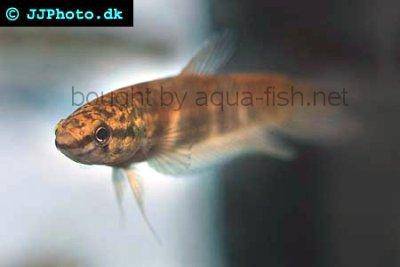





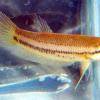 Akar
Akar 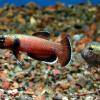 Whiteseam
Whiteseam 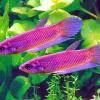 Giant
Giant 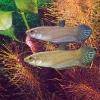 Betta
Betta 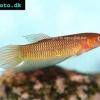 Slender
Slender 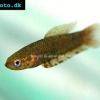 Brown’s
Brown’s 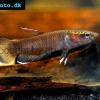 Snakehead
Snakehead 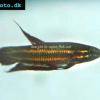 Wine
Wine 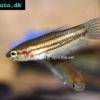 Edith’s
Edith’s 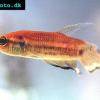 Blue
Blue 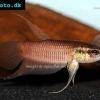 Betta
Betta 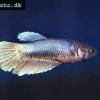 Peaceful
Peaceful 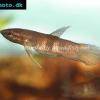 Kapaus
Kapaus 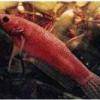 Eyespot
Eyespot 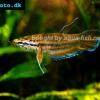 Spotted
Spotted 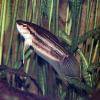 Forest
Forest 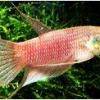 Schaller’s
Schaller’s 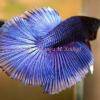 Siamese
Siamese  Chukai
Chukai 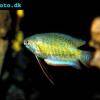 Banded
Banded 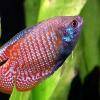 Dwarf
Dwarf 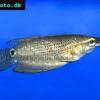 Frail
Frail 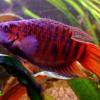 Paradise
Paradise 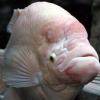 Giant
Giant 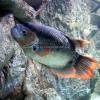 Giant
Giant 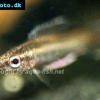 Licorice
Licorice 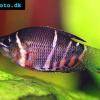 Chocolate
Chocolate 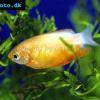 Honey
Honey 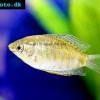 Thick
Thick 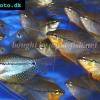 Pearl
Pearl 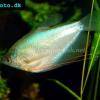 Moonlight
Moonlight 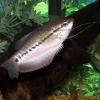 Snakeskin
Snakeskin 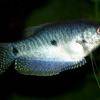 Blue
Blue